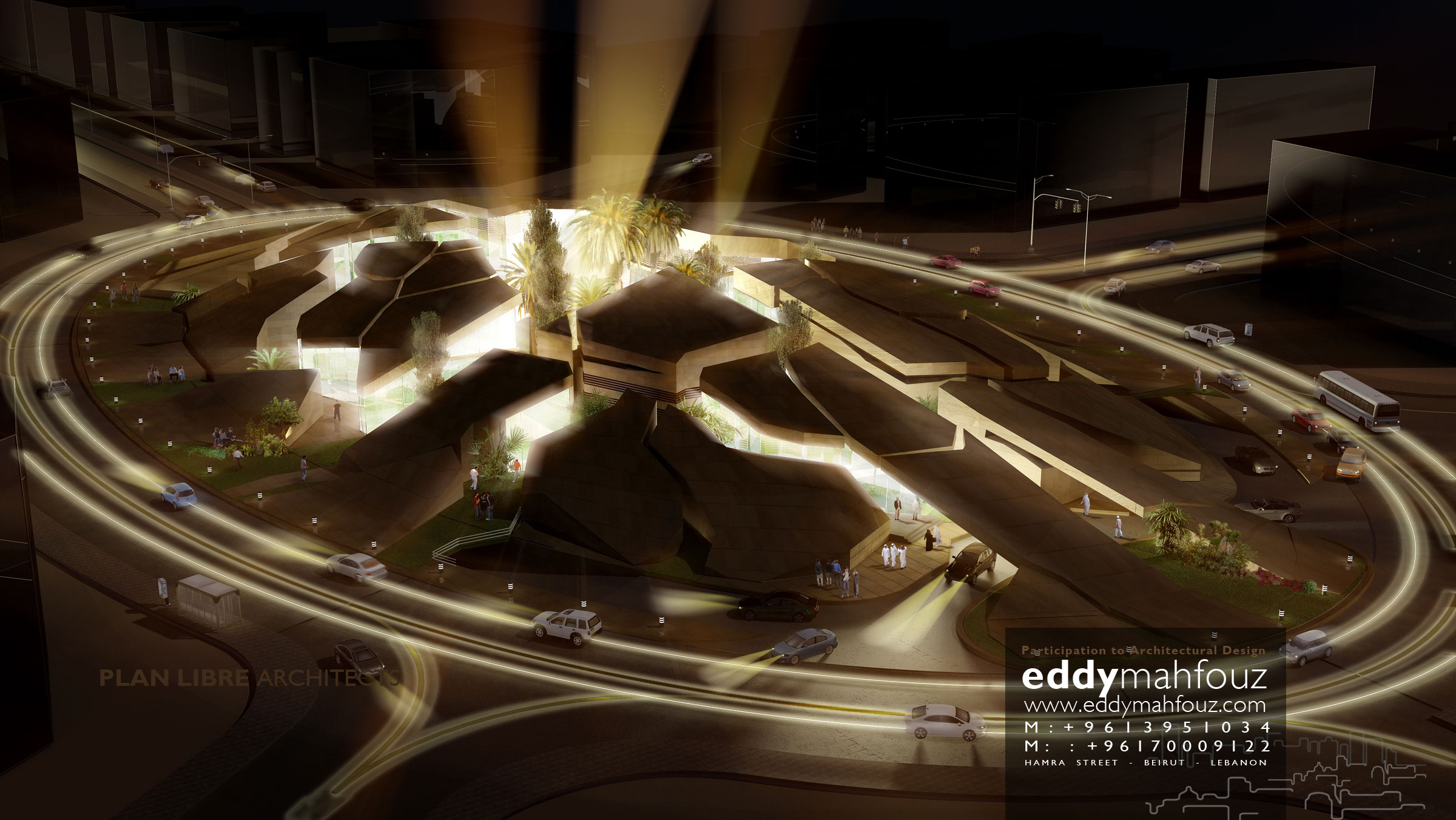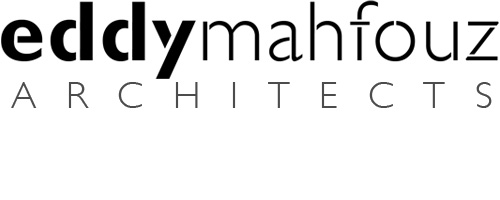


JEDDAH – KSA – JEDDAH GREEN LIBRARY
The National Environment Awareness and Action Program (NEAAP) in Saudi Arabia has introduced the Environmental Green Library as a key initiative supporting its mission. NEAAP aims to help the people of Saudi Arabia become environmentally literate, action-oriented, and committed to protecting the environment for future generations.
The environmental challenges addressed by the program fall into five primary categories:
-
Waste management
-
Rising demand for electricity
-
Water scarcity
-
Marine and coastal resource degradation
-
Unsustainable consumption
NEAAP seeks to address these issues by increasing environmental awareness and encouraging responsible behavior across society. By engaging citizens—along with leaders in government, the private sector, religious institutions, academia, and civil organizations—the Kingdom can gradually transform into a model of sustainable development. With its significant financial resources, Saudi Arabia has the potential to become a recognized regional leader in environmental stewardship and innovation.
Accordingly, the project’s goals are to:
-
Build a community with a high level of environmental awareness
-
Encourage positive environmental practices that protect natural resources
-
Explore the relationship between human ecology and natural ecology
-
Use the project itself as a teaching tool, demonstrating energy conservation and sustainable living through everyday interactions
Project Vision and Concept
Located on an 11,000 m² elliptical site in Jeddah, along the western coast of Saudi Arabia, the “Green Library” responds directly to the extreme climate and environmental conditions of the Hijaz region.
The architectural concept draws inspiration from natural cracks formed in dry, muddy soil—a phenomenon through which the earth contracts and reshapes itself to retain moisture. These cracks represent nature’s strategy for resilience and sustainability. Translating this idea into architecture, the library takes shape as an elevated, fractured stone layer emerging from the ground. This protective and “fertile” shell houses the public spaces and the Jeddah Green Library, connecting the building back to the earth from which its concept originates.
The roof functions as a fifth façade, optimized to capture solar energy. Its surface can host experimental photovoltaic technologies, potentially generating power not only for the library but also for the surrounding neighborhood. A one-way parking system reduces congestion and minimizes carbon emissions at the lower levels. Every aspect of the project integrates state-of-the-art design and construction technologies.
Educational and Environmental Impact
The landscape is designed as an extension of the learning environment, offering diverse experiences for kinesthetic, visual, and verbal learners. Outdoor learning circuits, including areas dedicated to local trees and plants, expose students to hands-on environmental education—teaching them about plant growth, water needs, and the importance of ecological stewardship.
The central garden provides opportunities for different learning styles, supporting both reflective and active learners. Meanwhile, indoor spaces—such as the multimedia library—introduce interactive scenography and digital communication tools, all centered around the five major environmental categories addressed by NEAAP.
The building’s structural shell is conceived as a strong, mineral, protective skin, while its internal spaces function like a living organism. Flexible layouts and recyclable materials—such as wood, aluminum, glass, and green façades—reinforce the project’s sustainable identity. The 360-degree site orientation, thick roof profile, and naturally ventilated interior volumes create a comfortable reading atmosphere while minimizing heat gain.
The architectural “crack” concept continues throughout the design, influencing the meshing and roofing systems. From these cracks emerge the project’s green spaces—an architectural metaphor for an oasis growing out of aridity. This reflects nature’s inherent tendency to form efficient geometries that maximize available resources, especially in harsh climates.
Aligned with international sustainability frameworks, the “Green Library” incorporates LEED standards and serves as a model for future environmentally responsible developments in the region.
Media and Environmental Centers
To support the broader goals of NEAAP, the project also emphasizes civic responsibility—encouraging individuals to:
-
Respect shared environmental standards
-
Understand their duties as members of a larger community
-
Think critically about the consequences of their actions
-
Stay open to learning and deepening their appreciation of others and the natural world
“Jeddah Green Library” — a green mark for a sustainable future.
